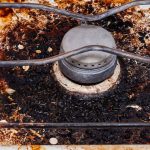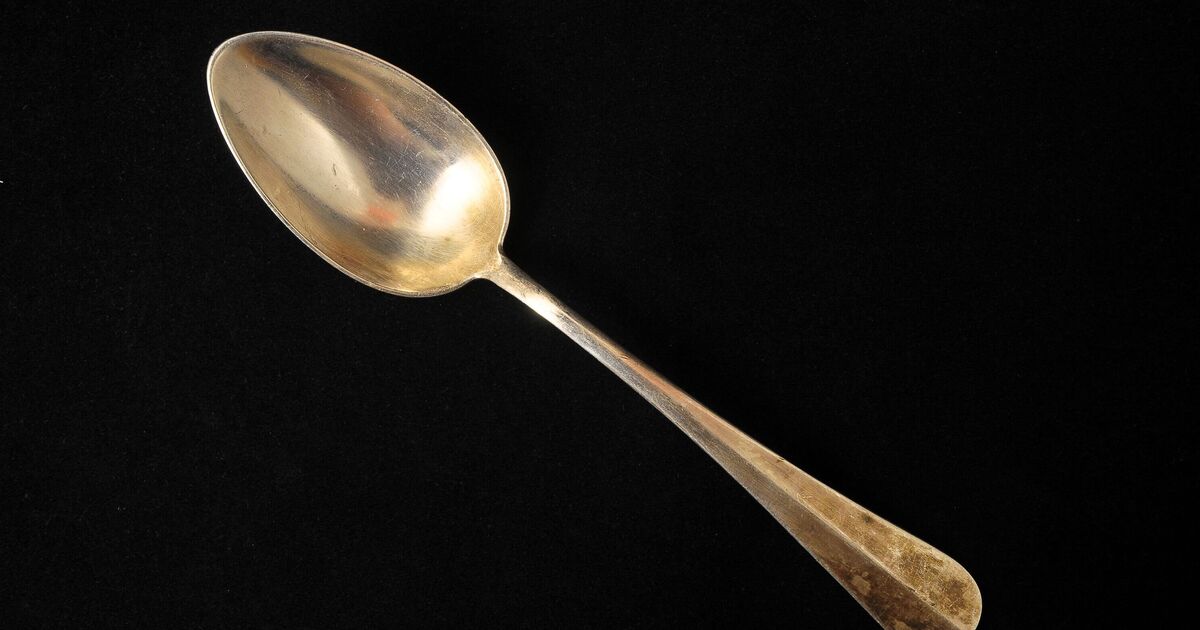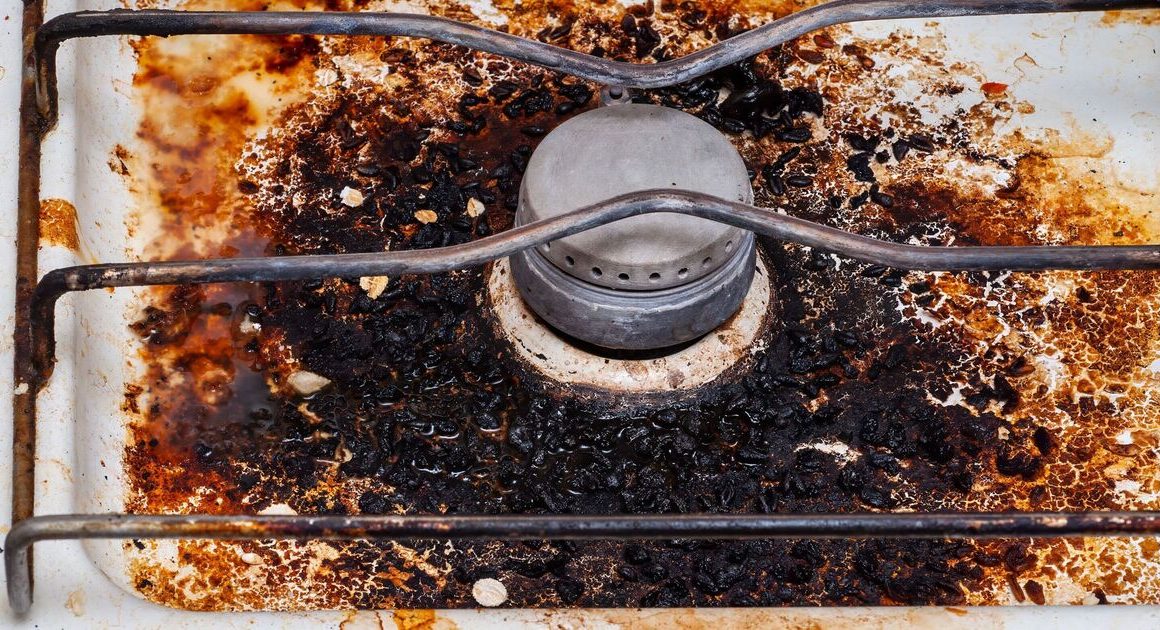Many of us in the UK are big tea drinkers but the small joy of the perfect cuppa can be spoilt with strained teaspoons that look dirty.
But if you want your teaspoons to look shiny and like new again, one expert has said there is an easy way to do it without the need for endless scrubbing.
Laura Marsden, cleaning expert at Marigold, told The Express there is a simple ingredient you may already have in your kitchen that banishes those stains from your cutlery.
She said: “It’s the tannins that occur naturally in tea and coffee which cause stubborn stains to build up on teaspoons, particularly if they aren’t rinsed straight after use.
“This simple, but effective hack will restore shine to any stained teaspoons with minimal effort and no need for scrubbing.”
Laura said all it would take is a little bicarb and water as the bicarb acts as a gentle abrasive that can help lift the tannins without damaging the spoon.
She said: “Create a paste using three parts bicarbonate of soda, one part water and apply to the spoons using a microfibre cloth. Leave the paste to sit on the spoons for five minutes or so to get to work, minimising the amount of effort you need to put in.
“Bicarbonate of soda is a very gentle abrasive, meaning it’s great for eliminating tough stains, and can be bought from the supermarket for as little as 59p.
“Use a clean, damp microfibre cloth to wipe away the paste. I recommend using the Marigold Let It Shine On & On! Microfibre Cloths, as they are made up of thousands of tiny fibres.
“These fibres are 50 times thinner than a human hair and can reach into even the tiniest cracks on a surface for a deep and thorough clean.
“Rinse with clean warm water, then for extra sparkle, dry with one of these thick, absorbent microfibre cloths for a satisfying shine.”
Laura says she opts for the Marigold brand cloths because they promise to be made from 100% recycled plastic bottles.
You can buy multipacks of the Microfibre Cloths on Amazon. However there are other microfiber cloths also available on the market, such as Spontex and Towelogy.












